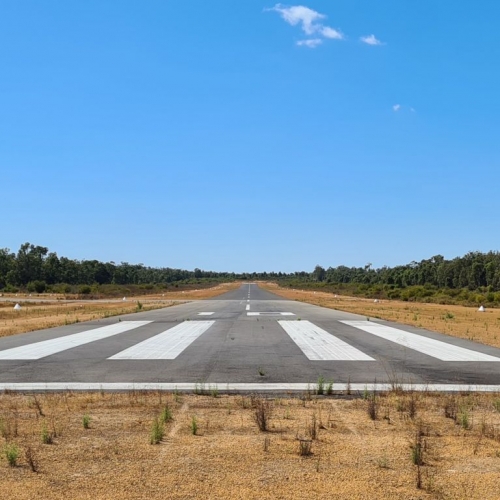
Airport master planning is a critical tool for ensuring the long-term operational success of an airport. This strategic planning process encompasses all aspects of an airport’s development, guiding the efficient use of resources, the integration of new technologies, and the sustainable expansion of infrastructure to meet future demands.
A well-executed airport master plan addresses both immediate operational needs and anticipates future growth trends. It ensures that airports can handle increased passenger traffic, larger volumes of cargo, and the evolving requirements of aircraft technology without compromising efficiency or service quality. The plan typically covers key areas such as terminal design, runway alignment, ground access, and support facilities, as well as technological advancements.
Moreover, airport master planning is instrumental in balancing stakeholder interests, including airlines, passengers, regulatory bodies, and the surrounding community. It facilitates the seamless integration of environmental sustainability practices, such as reducing carbon emissions and managing noise pollution, which are increasingly important in today’s regulatory climate.
Ultimately, effective master planning enables airports to adapt to changes within the global aviation landscape, maintaining operational excellence and enhancing competitiveness. It is not just about expansion but about smart, responsive growth that aligns with broader industry trends and passenger expectations.
At Aviation Projects, we provide trusted advice about airport planning, development and operations and aerodrome safeguarding. Contact us today.
Tags: Aviation Projects, Airport Master Planning, Operational Success, Airspace Safeguarding